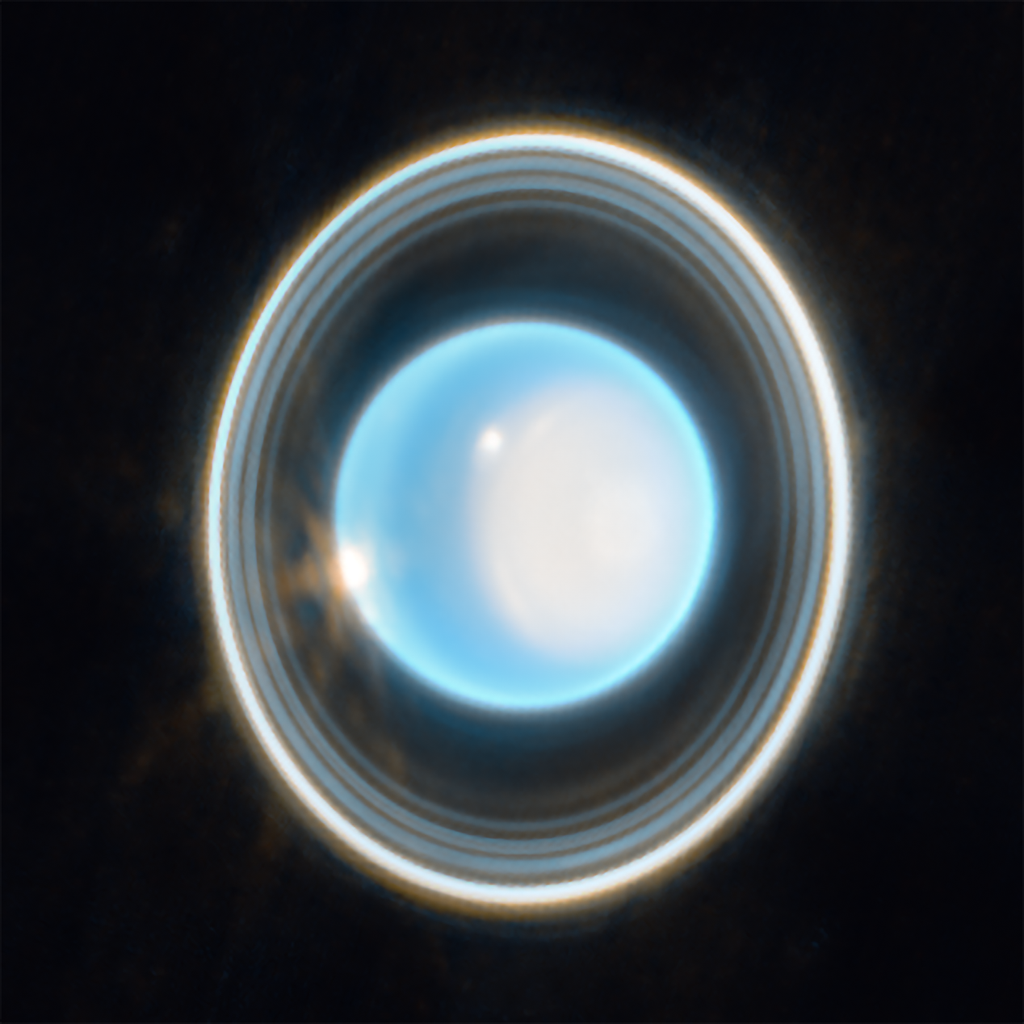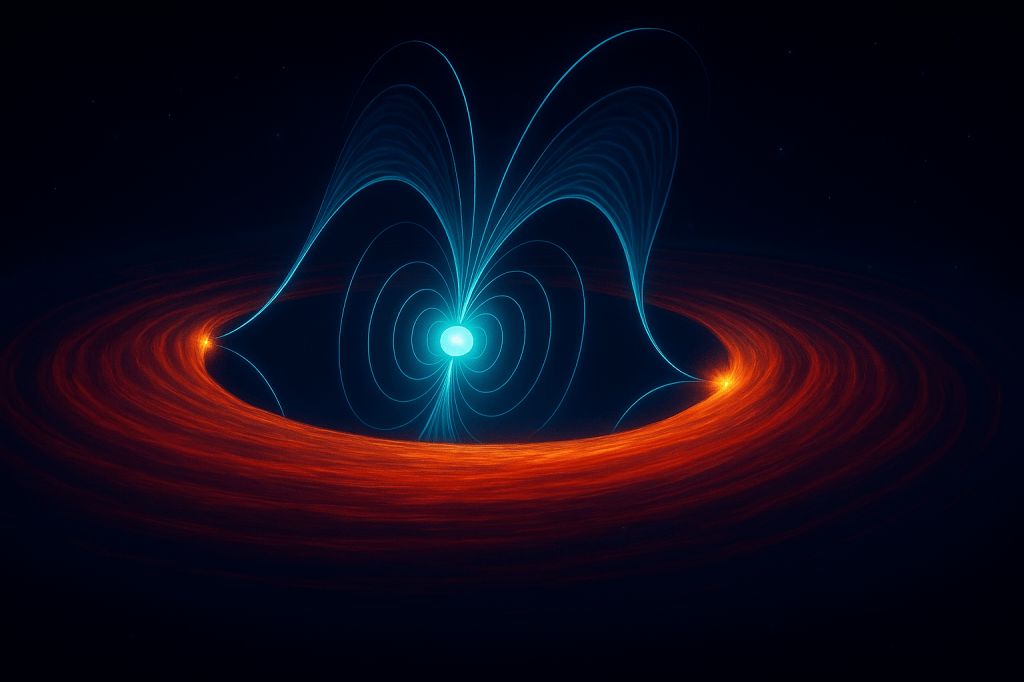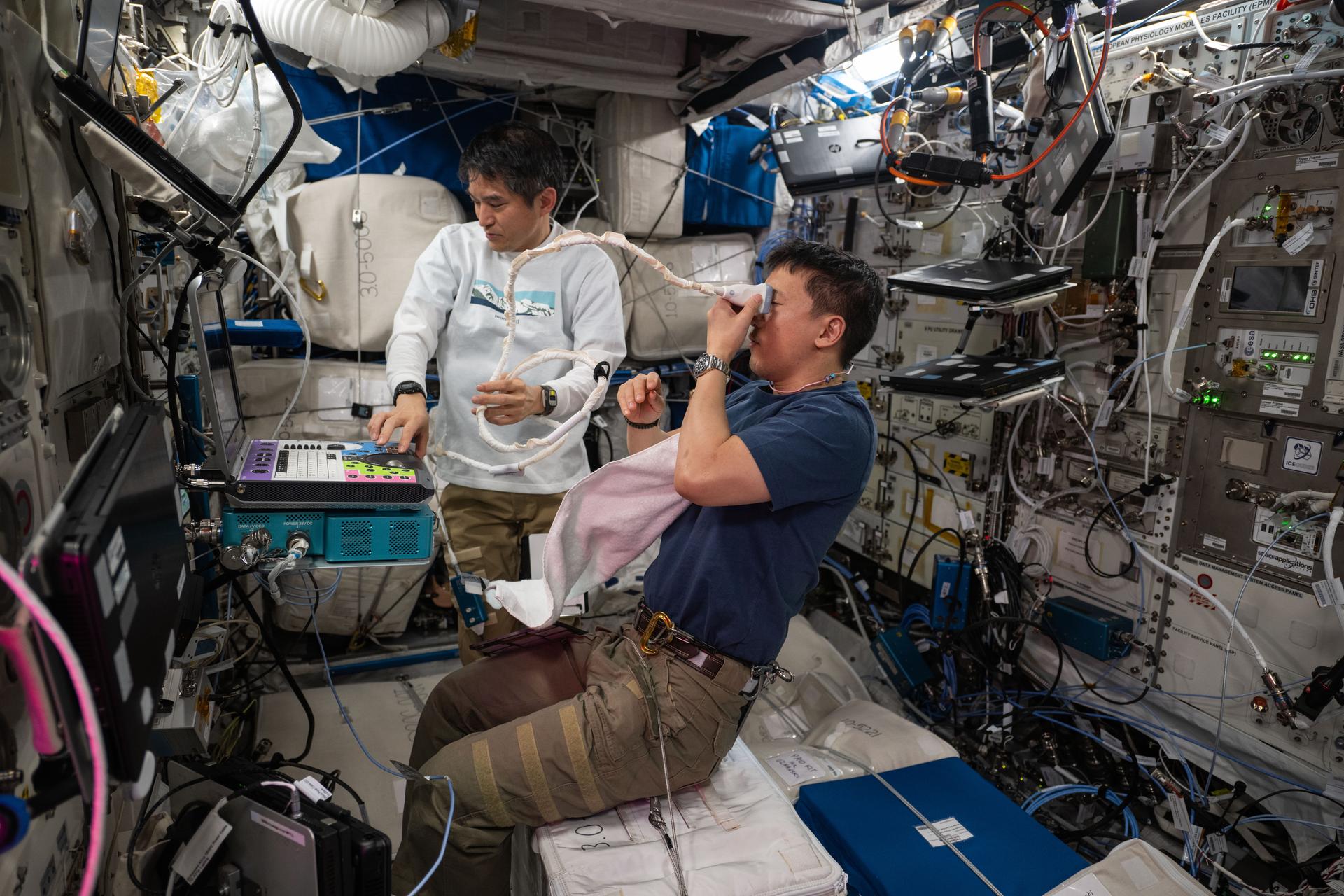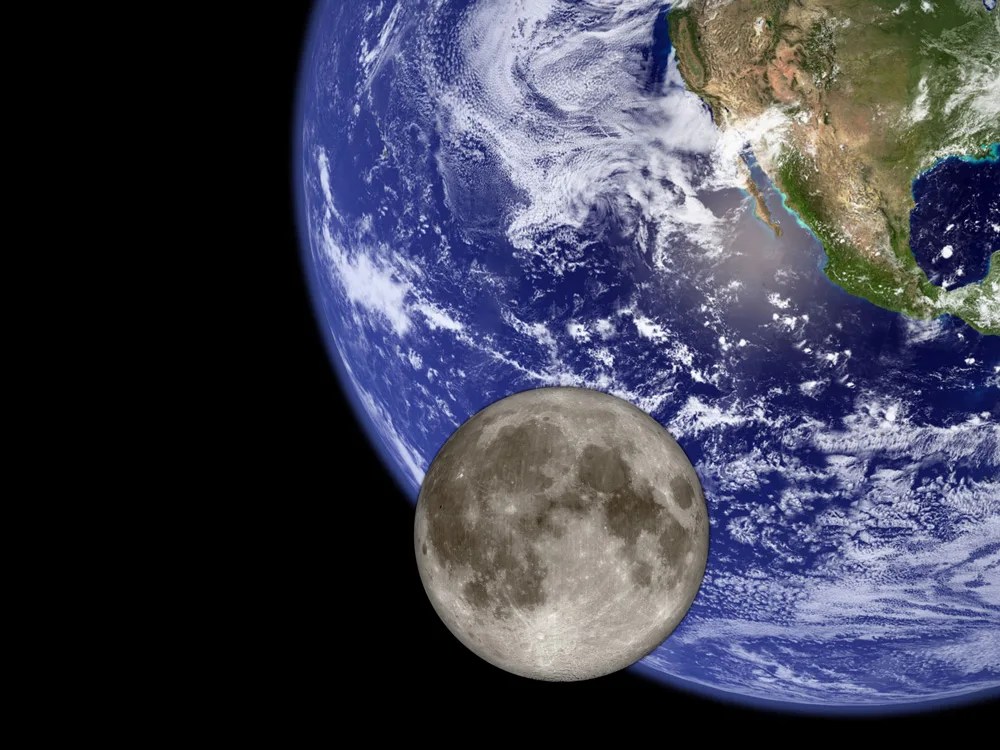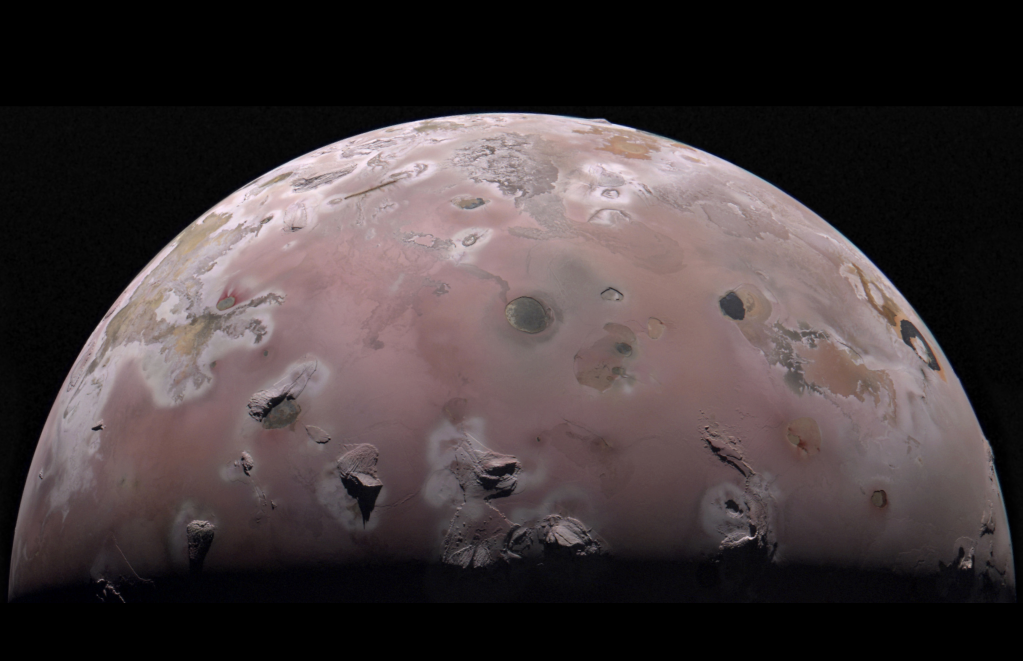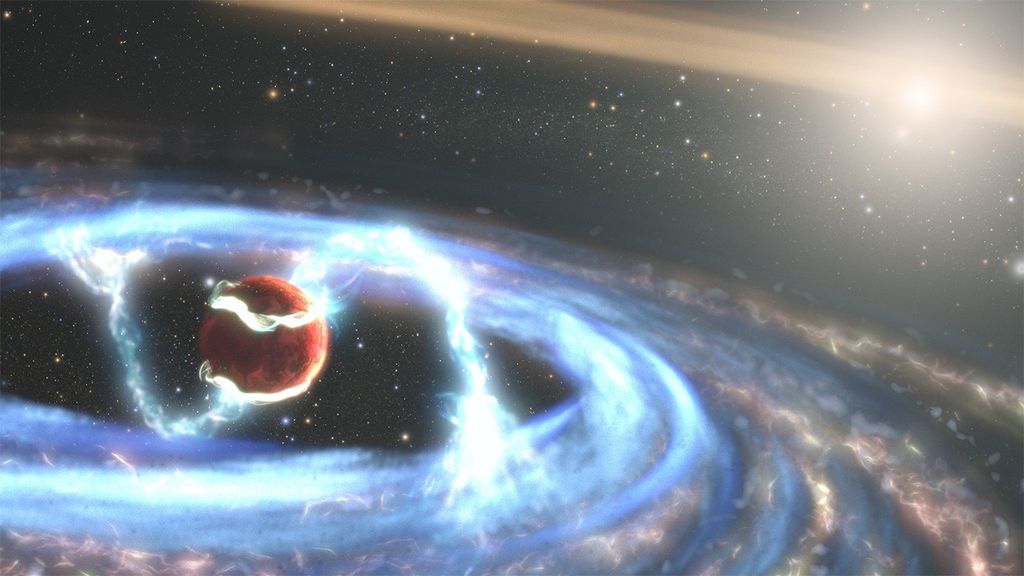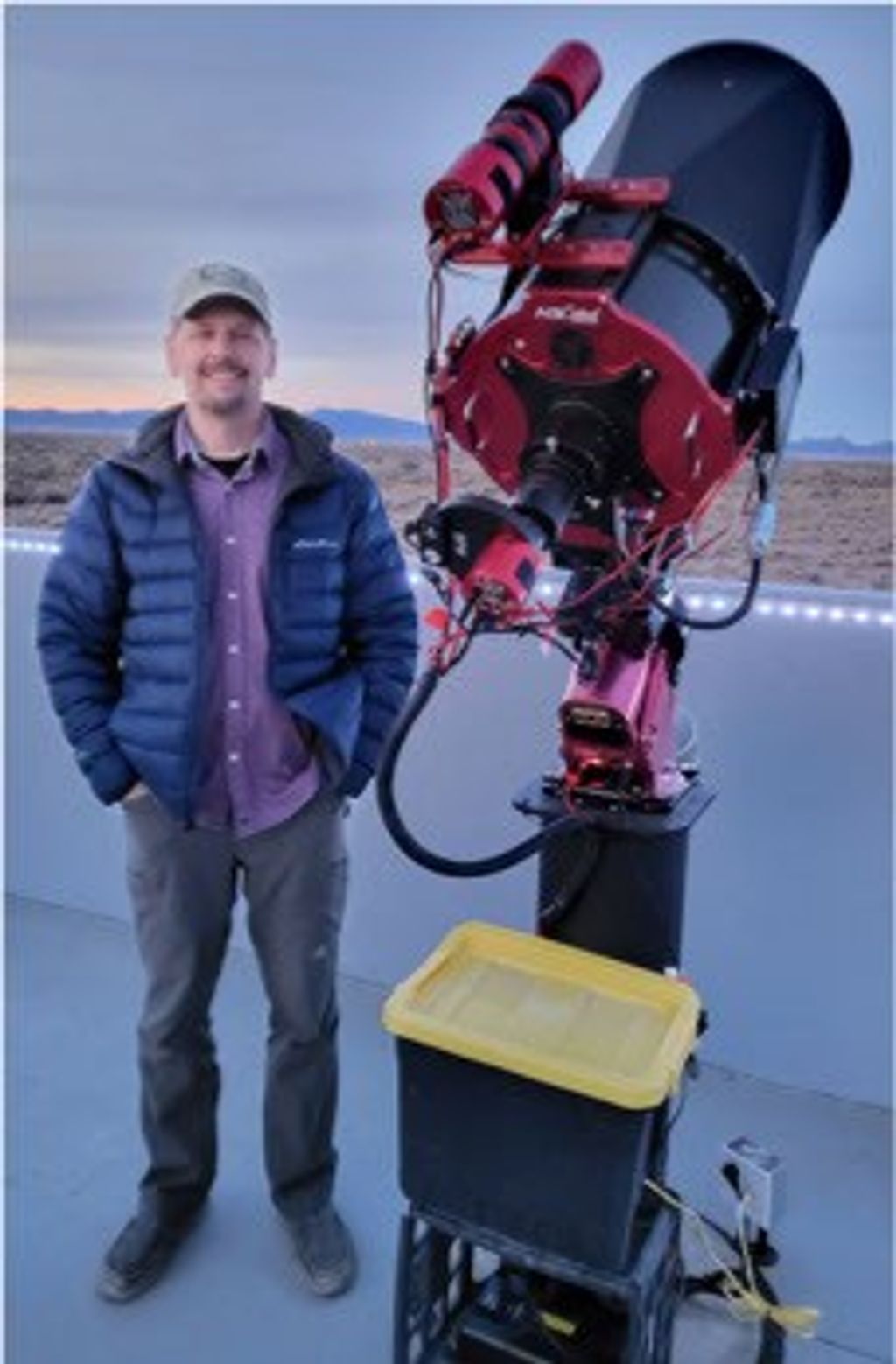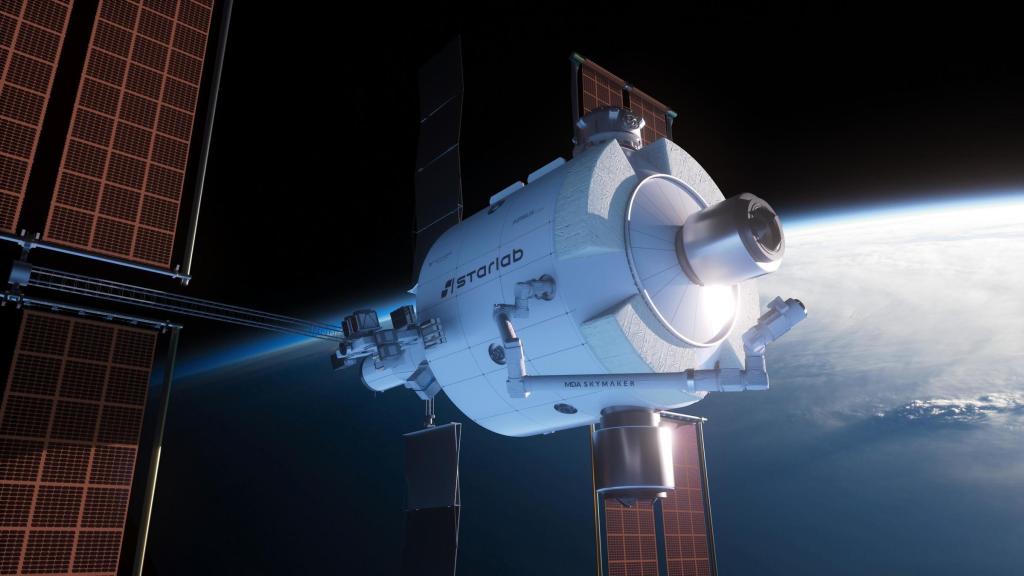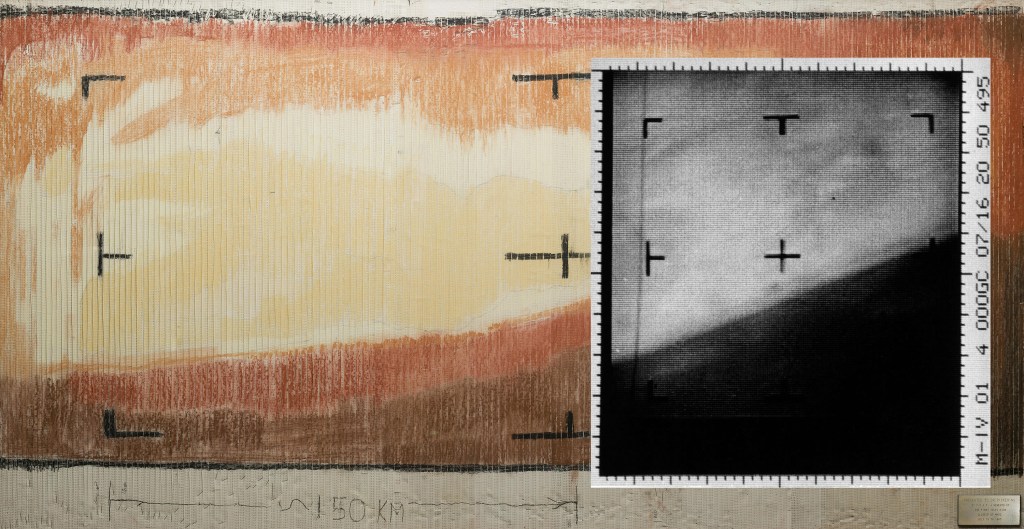1 min read
Abstract Concept of TRAPPIST-1 System

TRAPPIST-1 System
This artist's concept appeared on the Feb. 23, 2017 cover of the journal Nature announcing that the nearby star TRAPPIST-1, an ultra-cool dwarf, has seven Earth-sized planets orbiting it. Two of the planets were discovered in 2016 by TRAPPIST (the Transiting Planets and Planetesimals Small Telescope) in Chile. NASA’s Spitzer Space Telescope and several ground-based telescopes uncovered five additional ones, increasing the total number to seven. The TRAPPIST-1 system is located about 40 light-years from Earth.
Astronomers have used NASA's Hubble Space Telescope to conduct the first spectroscopic survey of the Earth-sized planets (d, e, f, and g) within TRAPPIST-1's habitable zone. The habitable zone is a region at a distance from the star where liquid water, the key to life as we know it, could exist on the planets’ surfaces. This spectroscopic survey is a follow-up to Hubble observations made in 2016 of the atmospheres of the inner TRAPPIST-1 planets b and c. Hubble reveals that at least three of the exoplanets (d, e, and f) do not seem to contain puffy, hydrogen-rich atmospheres similar to gaseous planets such as Neptune. Additional observations are needed to determine the hydrogen content of the fourth planet’s (g) atmosphere. Hydrogen is a greenhouse gas, which smothers a planet orbiting close to its star, making it hot and inhospitable to life. The results, instead, favor more compact atmospheres like those of Earth, Venus, and Mars.
- Object NameObject NameA name or catalog number that astronomers use to identify an astronomical object.TRAPPIST-1
- Release DateFebruary 5, 2018
- Science ReleaseHubble Probes Atmosphere of Exoplanets in TRAPPIST-1 Habitable Zone
- Credit
Related Images & Videos

Starlight Absorption
Starlight Yields Clues To Exoplanets’ Atmospheres Astronomers used Hubble to analyze light from the nearby star TRAPPIST-1 that passed through the atmospheres of four Earth-sized planets in the star’s habitable zone. This zone is a region at a distance from the star where liquid...

Spectra of Four TRAPPIST-1 Planets
Spectra Offer Clues To Makeup of Exoplanets’ Atmospheres These spectra show the chemical makeup of the atmospheres of four Earth-size planets orbiting within or near the habitable zone of the nearby star TRAPPIST-1. The habitable zone is a region at a distance from the star...
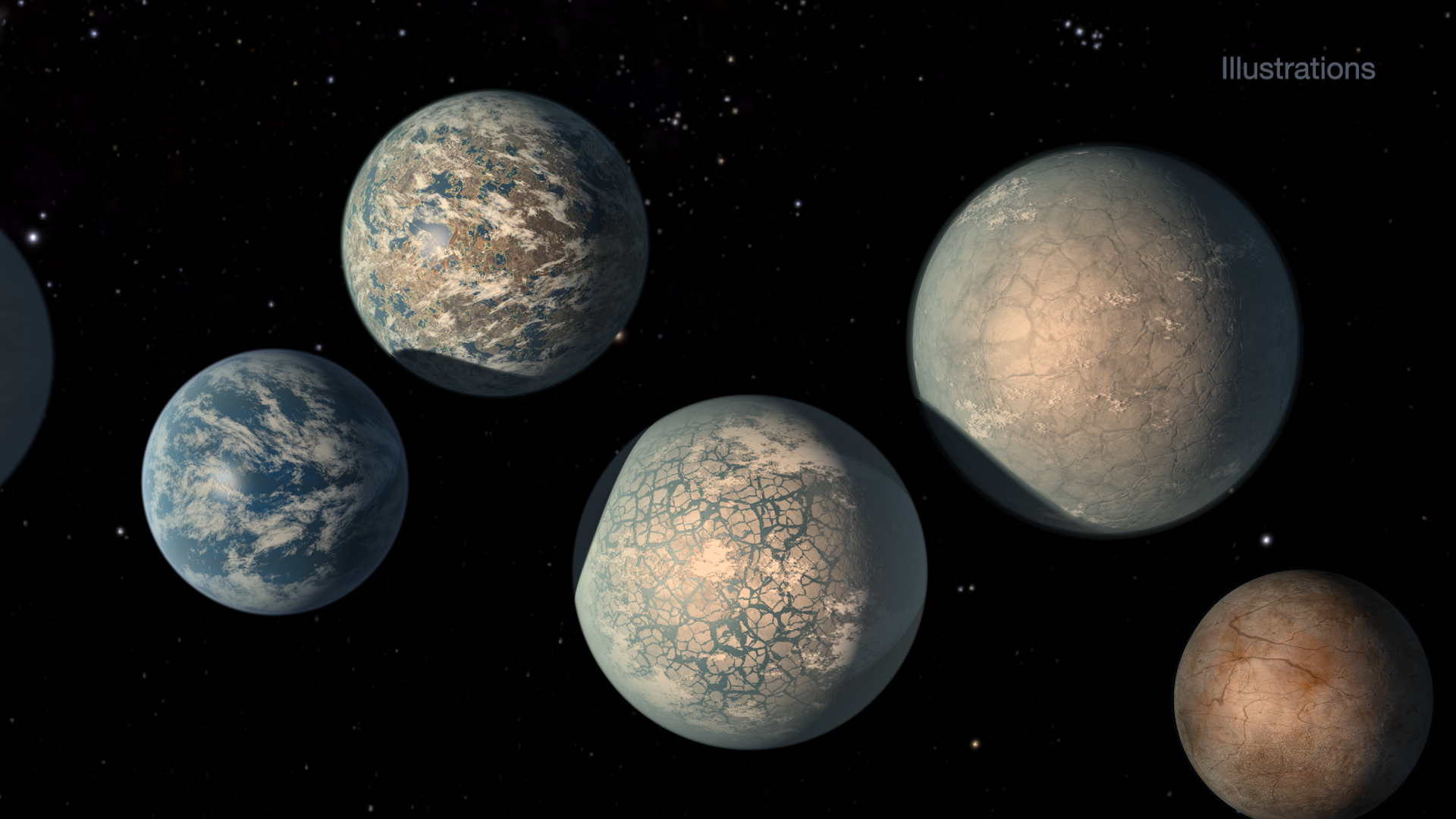
Hubble Observes Atmospheres of TRAPPIST-1 Exoplanets in the Habitable Zone
Astronomers using the Hubble Space Telescope have conducted the first spectroscopic survey of Earth-sized planets in the TRAPPIST-1 system’s habitable zone. Hubble reveals that at least the inner five planets do not seem to contain puffy, hydrogen-rich atmospheres similar to...
Share
Details
Claire Andreoli
NASA’s Goddard Space Flight Center
Greenbelt, Maryland
claire.andreoli@nasa.gov


